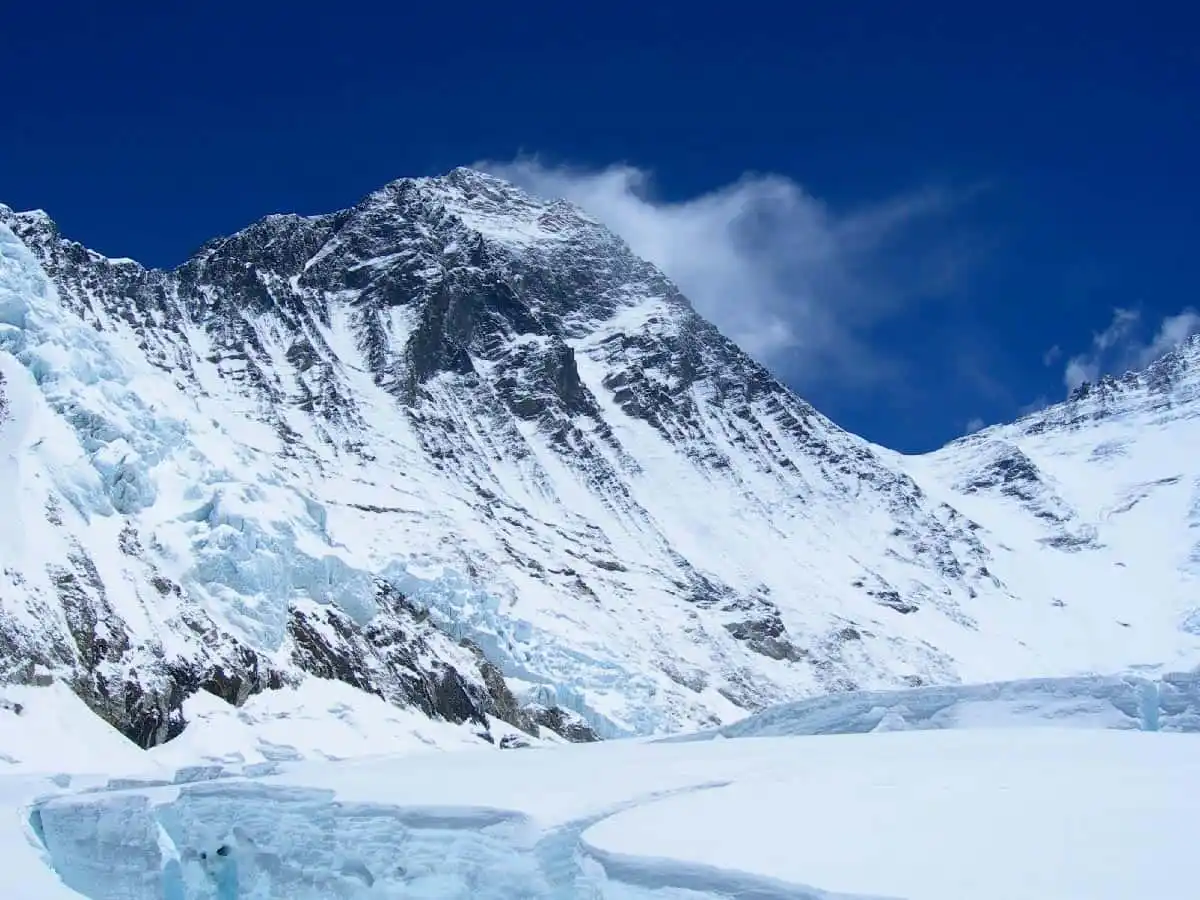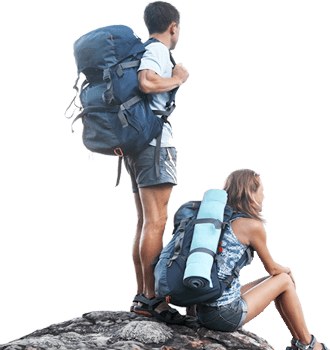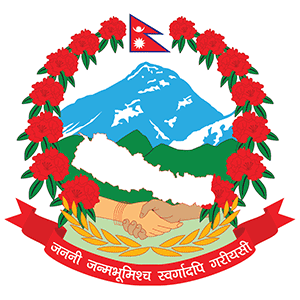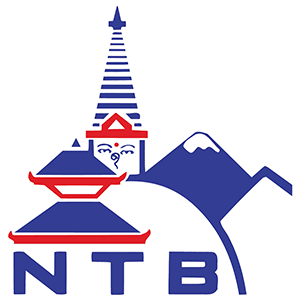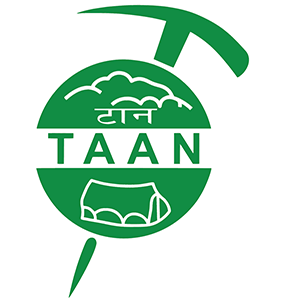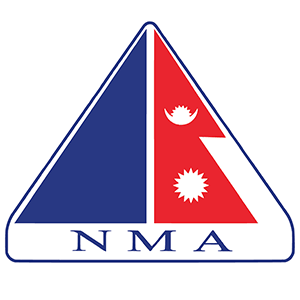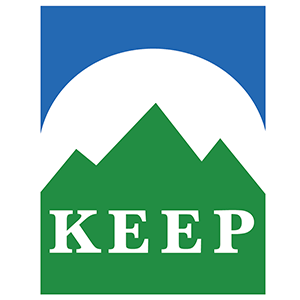Today we start our ascent after breakfast. We'll begin with a glacier walk, then climb halfway into the Khumbu Icefall, reaching an altitude of 5,500 meters. We'll climb several ladders to manage the risks in this area. Finally, we'll return to base camp to rest.
The following day involves making more progress as we face the difficult Khumbu Icefall and climb up to Camp 1. Once we reach there, we will set up our tents, prepare food, and get ready for an overnight camping experience in the mountains. We expect to spend around two nights at Camp 1 before moving on to Camp 2.
Camp 1 is located in a flat area covered with perpetual snow, with deep crevasses and mountainous walls within the Khumbu Icefall. During the day, the sun's reflection provides warmth and a comforting atmosphere. At night, we are lulled to sleep by the deep, rumbling sounds of crevasses beneath our tents.
After our stay at Camp 1, we continue our journey towards Camp 2. We get an early start, and as we ascend, the mountains greet us with breathtaking views. Once we reach the camp, our crew sets up the tents and prepares our meals. We plan to stay at Camp 2 for a few nights, which is located at the base of the icy Lhotse wall. It is nestled within a lateral moraine along the western ridge. Although the weather is usually pleasant, sometimes dark clouds may come in from the neighboring low Himalayan valleys. Camp 2 is a secure and sheltered site that offers breathtaking views of Lhotse. It is also a central hub for most expedition organizers, serving as an essential point for acclimatization and preparations for reaching Camp 3.
After spending enough time at Camp 2 to acclimatize, we continue our ascent to Camp 3. This camp is situated on a small ledge close to Mount Lhotse, and reaching it requires crossing a glacier to the right before climbing a compact snowfield. Despite the length of the climb, it is quite safe, as there are a couple of short ice cliffs that our Sherpa climbers have equipped with ropes. We will stay at Camp 3 for a few nights to ensure proper acclimatization and prepare ourselves for the upcoming ascent to even higher altitudes.
After our stay at Camp 3, we head towards Camp 4, located at South Col. This is the final camp before reaching the peak of Everest. On our way, we come across two rocky sections known as the Yellow Band and Geneva Spur. Our Sherpa climbing team has fixed ropes to help us cross these sections. The Yellow Band is made up of marble, phyllite (a type of metamorphic rock), and semi-schist rocks. The Geneva Spur is a ridge that looks like an anvil and is formed from dark rocks. Most climbers reach Camp 4 without the need for supplementary oxygen. From Camp 4, it's just a short 500-meter climb to the highest point on Earth. Therefore, we will spend a few extra nights at Camp 4 to prepare for our final ascent.
After several days of acclimatization at Camp 3, we begin the final ascent to the summit. This part of the climb is the most dangerous due to the strong winds. To reach the summit, we follow the narrow Southeast ridge, which takes approximately 9 to 13 hours. Along the way, we pass landmarks such as the Balcony, the Hillary Step, and the South Summit before reaching the central plateau. On this route, which Sir Edmund Hillary and Tenzing Sherpa first used in 1953, we have fixed ropes to guide us. Reaching the top of the world fills us with immense pride and happiness. Our main concern then becomes safely descending back to base camp.
To prepare for the summit attempts, two preliminary acclimatization rotations are recommended. Days of rest at the CB should follow these rotations.
- The first rotation involves a round trip from CB to C2 via C1, with a 1-night stay at C1 at an altitude of 5,900 meters and a 1-night stay at C2 at an altitude of 6,400 meters. The climb between C1 and C2 should take approximately 5 hours.
- The second rotation involves a round trip from CB to C3, without stopping at C1. This rotation requires a 1-night stay at C2 at an altitude of 6,400 meters and a 1-night stay at C3 at an altitude of 7,100 meters. The climb between C2 and C3 should take approximately 7 hours.
- Summit attempts will depend on the weather conditions. It takes six days to go from base camp to the summit, and 6 hours to go from C4 to Balcony.

